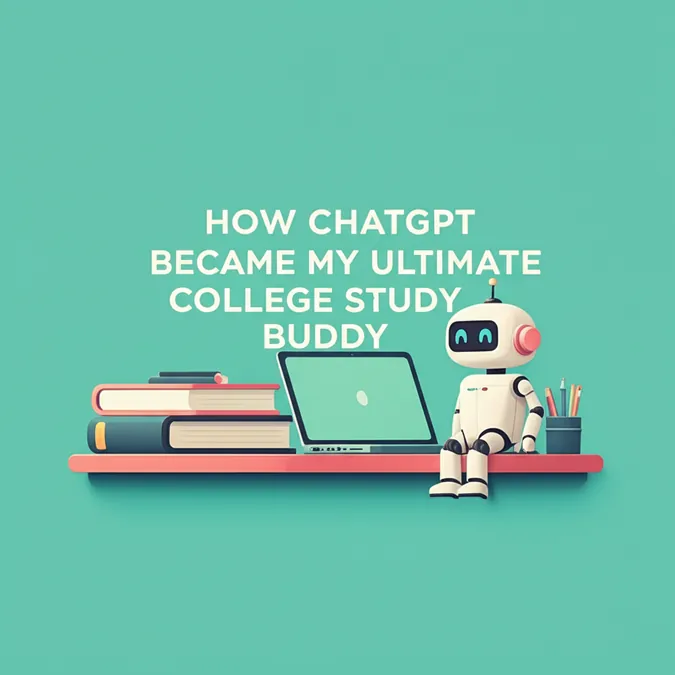开发者专属优惠
试用 ImaginePro API,领取 50 个免费积分
使用 Midjourney、Flux 等构建 AI 视觉体验——免费积分每月重置。
Why OpenAIs Big ChatGPT Ad Campaign Failed
A Marketing Blitz with a Major Flaw
OpenAI recently launched a massive advertising campaign for ChatGPT, with ads appearing everywhere from NFL Primetime to streaming services and billboards. The media hailed it as a landmark moment for AI brand building, but a closer look reveals a significant problem: the ads themselves were incredibly ineffective.
Beyond the irony of a cutting-edge AI company using traditional media, the creative quality of the TV spots, titled "Pull-Up" and "Dish," was severely lacking. This wasn't just a matter of opinion; it was confirmed by hard data.
The Damning Data Behind the Campaign
Research firm System1 conducted a test on both ads with a representative panel of US consumers, and the results were grim. Both commercials ranked in the lowest quintile for creating long-term brand growth and driving short-term sales. This is a strikingly poor performance, even for the tech industry, which typically underperforms in these metrics.
Even more concerning was the ads' score on "fluency"—a measure of whether viewers can even identify the brand being advertised. The "Pull-Up" ad scored a shockingly low 59. This means that only 59% of people, who were being paid to give the ad their full attention, knew it was for ChatGPT.

The real-time assessment chart shows a vast period of viewer ignorance, with a tiny spike of recognition only appearing in the final two seconds when the ChatGPT logo is displayed. This is the hallmark of poor advertising, especially when compared to the instant and sustained brand recognition seen in tests for brands like KFC or Apple.

This data only reflects real-time fluency. The more critical metric is branded recall among an inattentive audience tested after a delay, where studies show about half of all ads fail. In simple terms, half the ads on TV don't successfully communicate what they are selling.
Why Most Advertising Misses the Mark
The reason for this widespread failure is simple: a lack of market orientation. Most marketers are too deeply involved with their product, and their agencies are too focused on telling a story. They forget a crucial fact: consumers don't care about their brand, don't pay close attention to ads, and have countless other things on their minds. Ads are created with intense focus, in complete opposition to how they are casually consumed.
Ineffective advertisers treat their logo reveal like a movie's grand finale, believing a brief flash at the end is sufficient. Smarter brands know better. They embed distinctive assets—colors, shapes, sounds, and characters—from the very beginning to ensure immediate and continuous recognition. Andrew Tindall’s “Rule of 7” suggests that using about seven distinctive brand assets in a 30-second ad is key to achieving 100% branded recall. This isn’t a creative limitation; it’s a challenge to make creativity work toward its real goal: sales.
The Critical Need for Distinctiveness in AI
Achieving strong brand recall is vital for any company, but it's especially critical for AI brands like ChatGPT. The AI space is incredibly generic; a sea of companies that look the same, operate similarly, and blend into one big, gray bucket.

While almost all Americans are aware of AI, a study by Menlo Ventures revealed that most people don't see any difference between providers like Alexa, Siri, ChatGPT, and Claude. In this crowded field, distinctiveness will determine which brands survive. The winners won't just have a better product; they will be the brands that come to mind first because they stand out. And that journey begins with creating ads that don't score a 59 for fluency.
Even ChatGPT Knows It Was a Bad Ad
Perhaps the most telling critique came from the AI itself. When asked to assess its own advertisement, ChatGPT provided a surprisingly candid and accurate analysis, demonstrating a better grasp of advertising principles than its own marketing team.
Prompt: Assess the new Pull-Up ad from ChatGPT against the laws of advertising effectiveness and score it out of 10.
ChatGPT: Pull-Up is strategically on-brief and nicely made, but it underweights distinctive assets and mid-ad branding, so it risks becoming a likeable, generic “AI-helped me” story rather than a memorable ChatGPT ad that builds future sales.
Score: 5/10
This analysis comes from Mark Ritson, a brand consultant and founder of the MiniMBA in Marketing, which covers the essential laws of advertising effectiveness.
对比套餐与价格
选择适合工作量的套餐,全面解锁 ImaginePro 功能。
| 套餐 | 价格 | 亮点 |
|---|---|---|
| 标准版 | $8 / 月 |
|
| 高级版 | $20 / 月 |
|
需要定制条款?联系我们调整积分、速率限制或部署方案。
查看完整价格详情

